Agile Principles, Patterns, and Practices in C#
Table of Contents
Copyright
Robert C. Martin Series
Foreword
Foreword
Preface
Acknowledgments
About the Authors
Section I. Agile Development
Chapter 1. Agile Practices
The Agile Alliance
Principles
Conclusion
Bibliography
Chapter 2. Overview of Extreme Programming
The Practices of Extreme Programming
Conclusion
Bibliography
Chapter 3. Planning
Initial Exploration
Release Planning
Iteration Planning
Defining "Done"
Task Planning
Iterating
Tracking
Conclusion
Bibliography
Chapter 4. Testing
Test-Driven Development
Acceptance Tests
Serendipitous Architecture
Conclusion
Bibliography
Chapter 5. Refactoring
A Simple Example of Refactoring: Generating Primes
Conclusion
Bibliography
Chapter 6. A Programming Episode
The Bowling Game
Conclusion
Overview of the Rules of Bowling
Section II. Agile Design
Chapter 7. What Is Agile Design?
Design Smells
Why Software Rots
The Copy Program
Conclusion
Bibliography
Chapter 8. The Single-Responsibility Principle (SRP)
Defining a Responsibility
Separating Coupled Responsibilities
Persistence
Conclusion
Bibliography
Chapter 9. The Open/Closed Principle (OCP)
Description of OCP
The Shape Application
Conclusion
Bibliography
Chapter 10. The Liskov Substitution Principle (LSP)
Violations of LSP
Factoring Instead of Deriving
Heuristics and Conventions
Conclusion
Bibliography
Chapter 11. The Dependency-Inversion Principle (DIP)
Layering
A Simple DIP Example
The Furnace Example
Conclusion
Bibliography
Chapter 12. The Interface Segregation Principle (ISP)
Interface Pollution
Separate Clients Mean Separate Interfaces
Class Interfaces versus Object Interfaces
The ATM User Interface Example
Conclusion
Bibliography
Chapter 13. Overview of UML for C# Programmers
Class Diagrams
Object Diagrams
Collaboration Diagrams
State Diagrams
Conclusion
Bibliography
Chapter 14. Working with Diagrams
Why Model?
Making Effective Use of UML
Iterative Refinement
When and How to Draw Diagrams
Conclusion
Chapter 15. State Diagrams
The Basics
Using FSM Diagrams
Conclusion
Chapter 16. Object Diagrams
A Snapshot in Time
Active Objects
Conclusion
Chapter 17. Use Cases
Writing Use Cases
Diagramming Use Cases
Conclusion
Bibliography
Chapter 18. Sequence Diagrams
The Basics
Advanced Concepts
Conclusion
Chapter 19. Class Diagrams
The Basics
An Example Class Diagram
The Details
Conclusion
Bibliography
Chapter 20. Heuristics and Coffee
The Mark IV Special Coffee Maker
OOverkill
Bibliography
Section III. The Payroll Case Study
Chapter 21. COMMAND and ACTIVE OBJECT: Versatility and Multitasking
Simple Commands
Transactions
Undo Method
Active Object
Conclusion
Bibliography
Chapter 22. TEMPLATE METHOD and STRATEGY: Inheritance versus Delegation
Template Method
Strategy
Conclusion
Bibliography
Chapter 23. Facade and Mediator
Facade
Mediator
Conclusion
Bibliography
Chapter 24. Singleton and Monostate
Singleton
Monostate
Conclusion
Bibliography
Chapter 25. Null Object
Description
Conclusion
Bibliography
Chapter 26. The Payroll Case Study: Iteration 1
Rudimentary Specification
Analysis by Use Cases
Reflection: Finding the Underlying Abstractions
Conclusion
Bibliography
Chapter 27. The Payroll Case Study: Implementation
Transactions
Main Program
The Database
Conclusion
About This Chapter
Bibliography
Section IV. Packaging the Payroll System
Chapter 28. Principles of Package and Component Design
Packages and Components
Principles of Component Cohesion: Granularity
Principles of Component Coupling: Stability
Conclusion
Chapter 29. Factory
A Dependency Problem
Static versus Dynamic Typing
Substitutable Factories
Using Factories for Test Fixtures
Importance of Factories
Conclusion
Bibliography
Chapter 30. The Payroll Case Study: Package Analysis
Component Structure and Notation
Applying the Common Closure Principle (CCP)
Applying the Reuse/Release Equivalence Principle (REP)
Coupling and Encapsulation
Metrics
Applying the Metrics to the Payroll Application
The Final Packaging Structure
Conclusion
Bibliography
Chapter 31. Composite
Composite Commands
Multiplicity or No Multiplicity
Conclusion
Chapter 32. Observer: Evolving into a Pattern
The Digital Clock
The OBSERVER Pattern
Conclusion
Bibliography
Chapter 33. Abstract Server, Adapter, and Bridge
Abstract Server
Adapter
Bridge
Conclusion
Bibliography
Chapter 34. PROXY and GATEWAY: Managing Third-Party APIs
Proxy
Databases, Middleware, and Other Third-Party Interfaces
Table Data Gateway
Using Other Patterns with Databases
Conclusion
Bibliography
Chapter 35. Visitor
Visitor
Acyclic Visitor
Decorator
Extension Object
Conclusion
Bibliography
Chapter 36. State
Nested Switch/Case Statements
Transition Tables
The State Pattern
Classes of State Machine Application
Conclusion
Bibliography
Chapter 37. The Payroll Case Study: The Database
Building the Database
A Flaw in the Code Design
Adding an Employee
Transactions
Loading an Employee
What Remains?
Chapter 38. The Payroll User Interface: MODEL VIEW PRESENTER
The Interface
Implementation
Building a Window
The Payroll Window
The Unveiling
Conclusion
Bibliography
Appendix A. A Satire of Two Companies
Appendix B. What Is Software?
Afterword
InsideFrontCover
Manifesto for Agile Software Development
Principles behind the Agile Manifesto
InsideBackCover
Practices of Extreme Programming
The Principles of Object Oriented Design
Index
A
B
C
D
E
F
G
H
I
J
K
L
M
N
O
P
Q
R
S
T
U
V
W
X
Y
Z
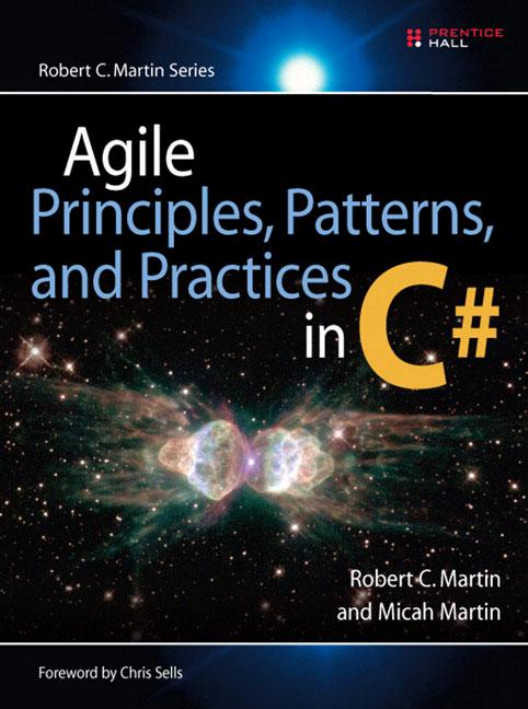
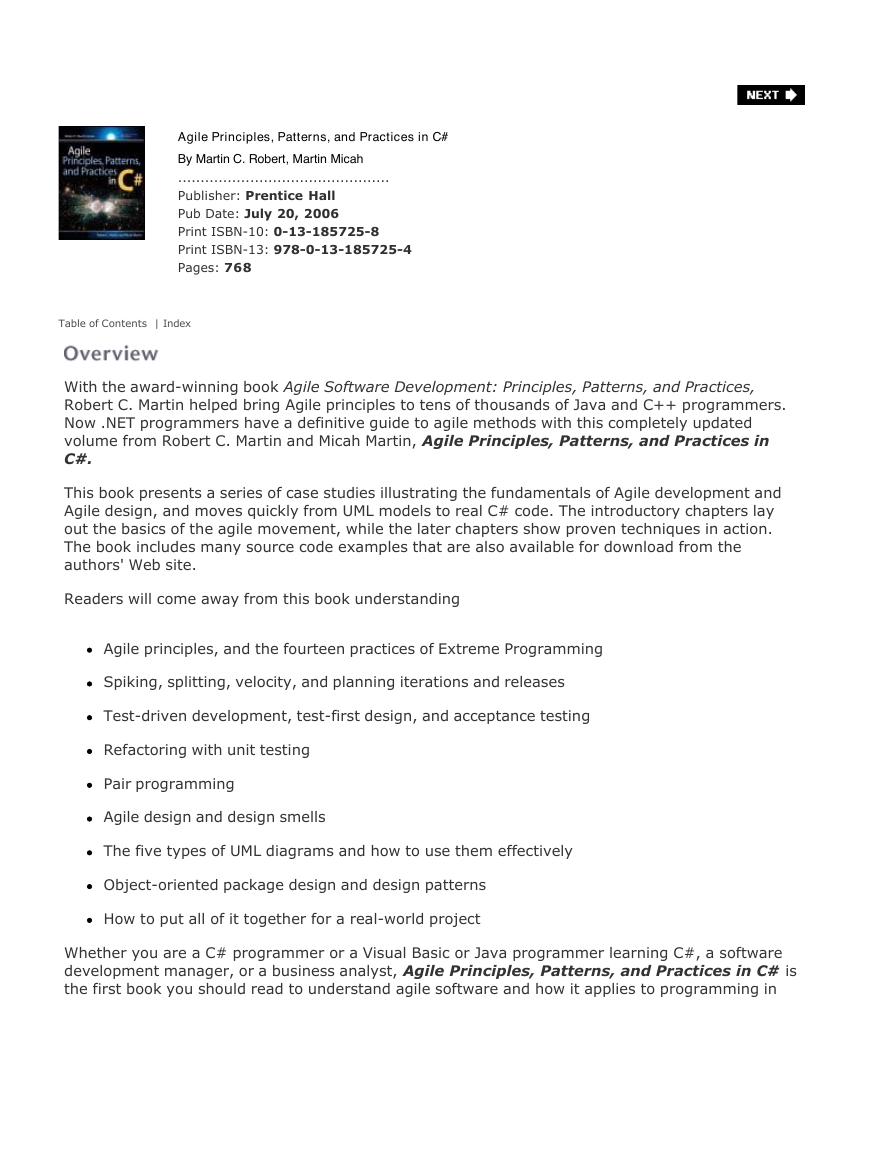

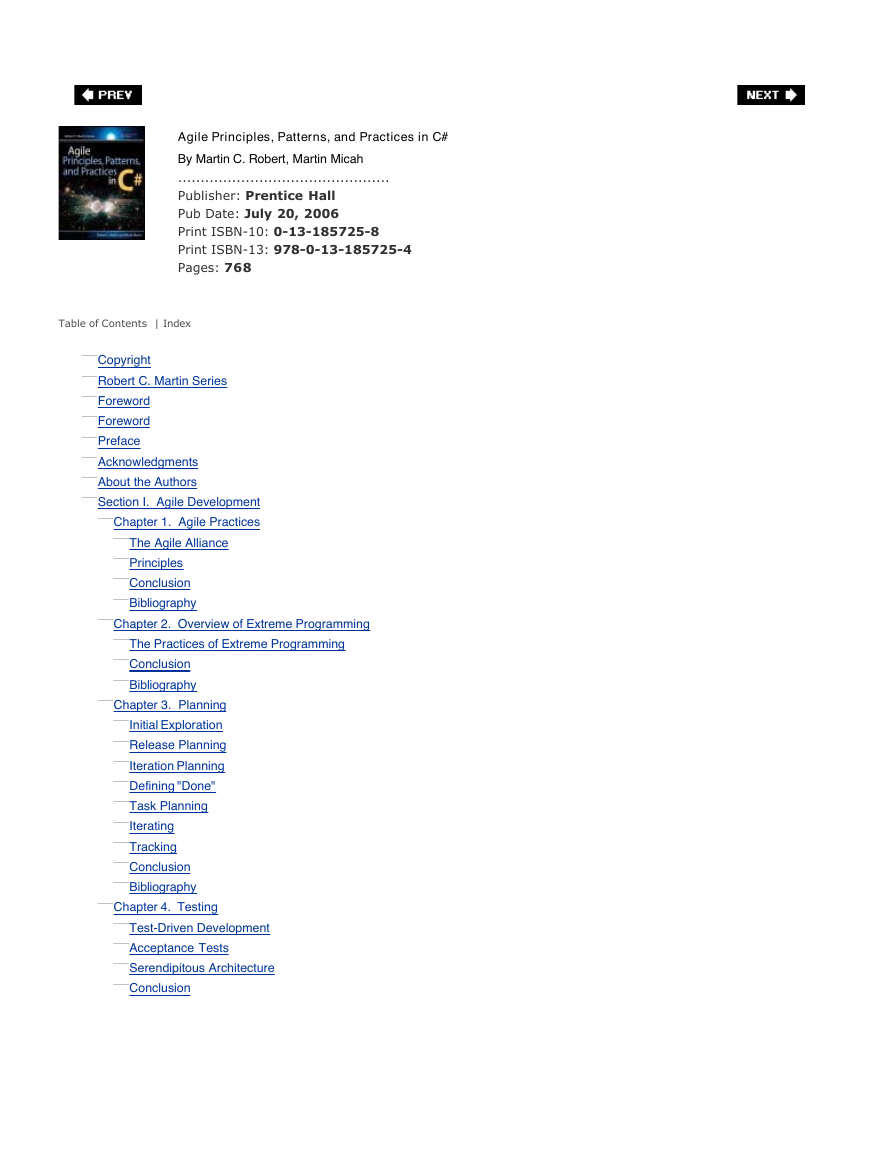
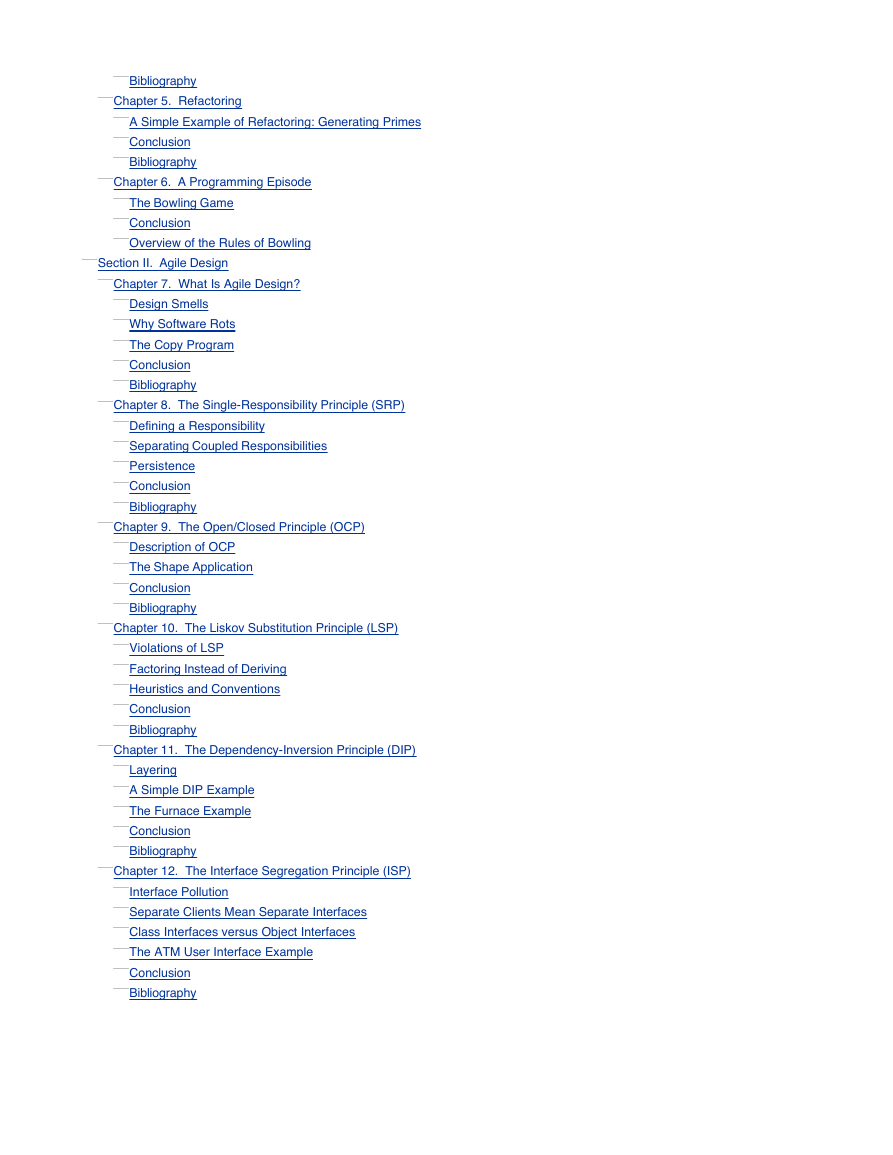
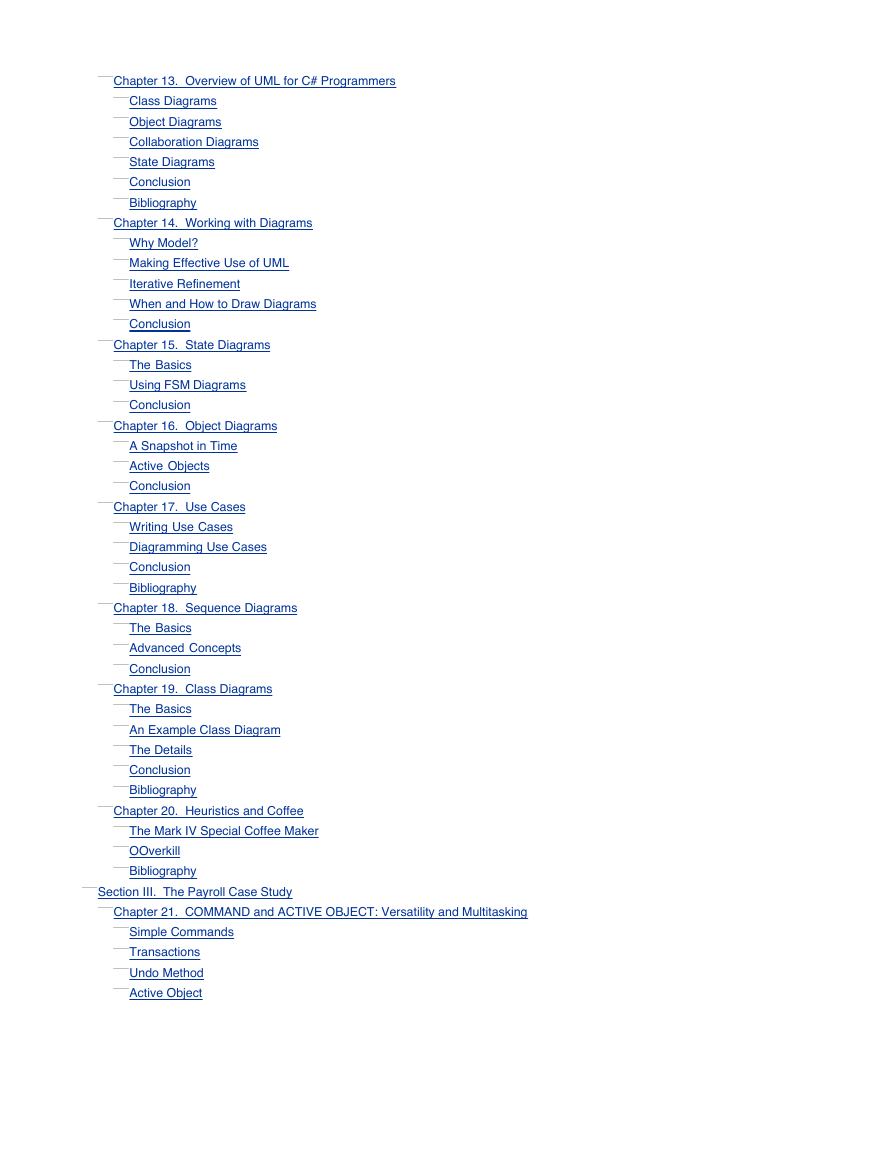
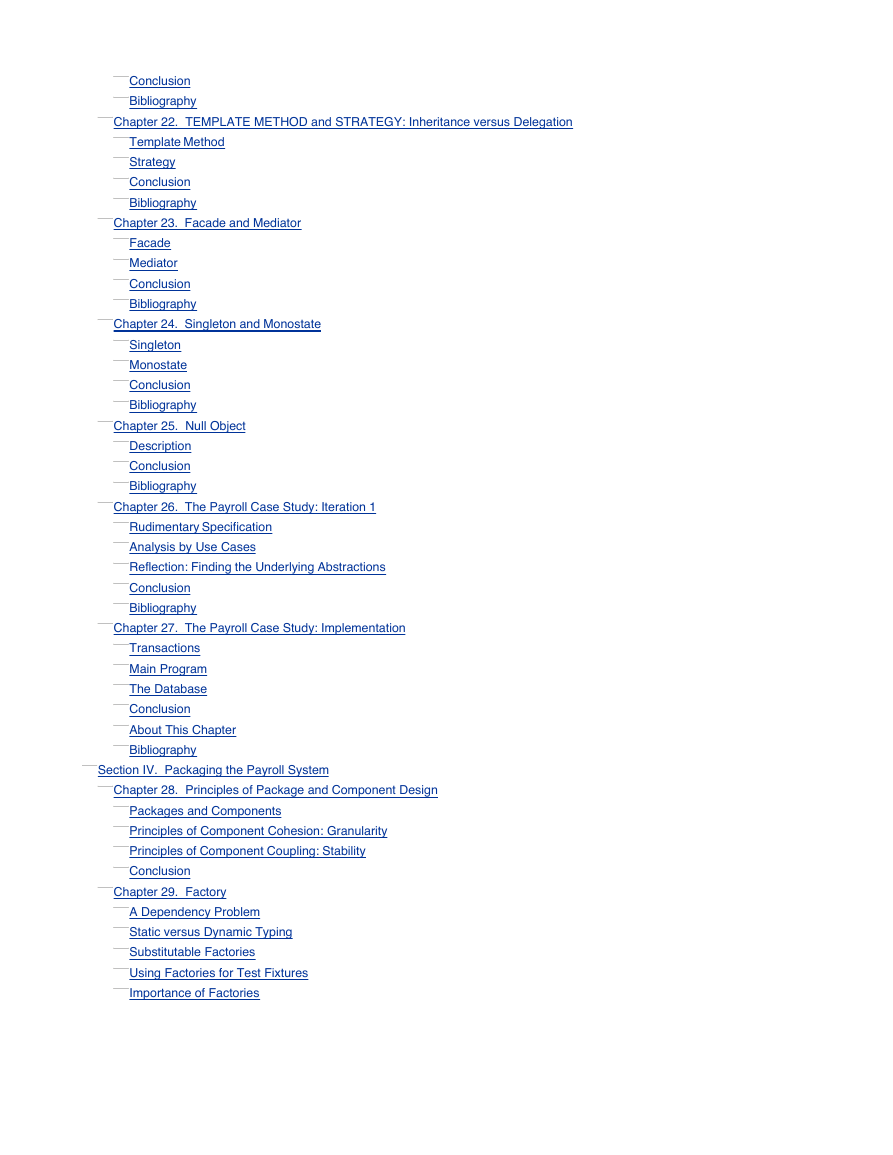
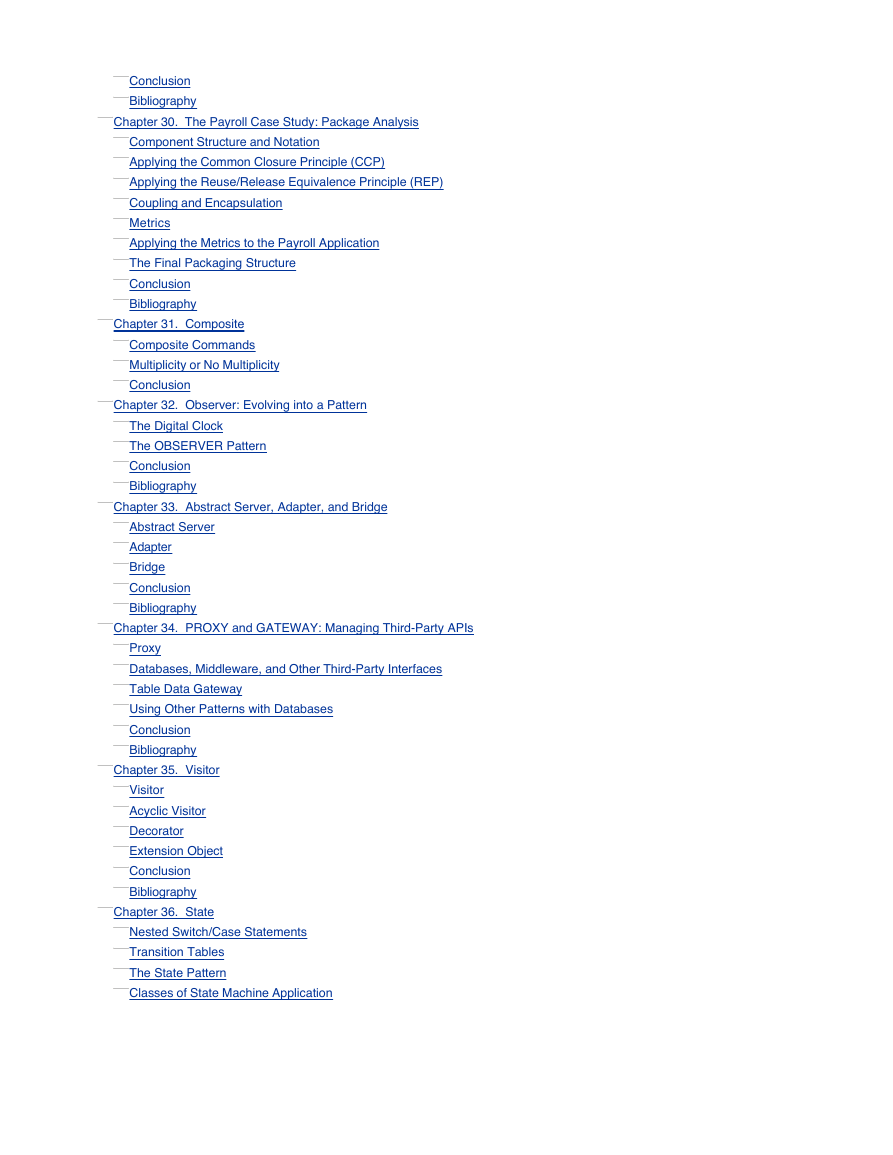








 2023年江西萍乡中考道德与法治真题及答案.doc
2023年江西萍乡中考道德与法治真题及答案.doc 2012年重庆南川中考生物真题及答案.doc
2012年重庆南川中考生物真题及答案.doc 2013年江西师范大学地理学综合及文艺理论基础考研真题.doc
2013年江西师范大学地理学综合及文艺理论基础考研真题.doc 2020年四川甘孜小升初语文真题及答案I卷.doc
2020年四川甘孜小升初语文真题及答案I卷.doc 2020年注册岩土工程师专业基础考试真题及答案.doc
2020年注册岩土工程师专业基础考试真题及答案.doc 2023-2024学年福建省厦门市九年级上学期数学月考试题及答案.doc
2023-2024学年福建省厦门市九年级上学期数学月考试题及答案.doc 2021-2022学年辽宁省沈阳市大东区九年级上学期语文期末试题及答案.doc
2021-2022学年辽宁省沈阳市大东区九年级上学期语文期末试题及答案.doc 2022-2023学年北京东城区初三第一学期物理期末试卷及答案.doc
2022-2023学年北京东城区初三第一学期物理期末试卷及答案.doc 2018上半年江西教师资格初中地理学科知识与教学能力真题及答案.doc
2018上半年江西教师资格初中地理学科知识与教学能力真题及答案.doc 2012年河北国家公务员申论考试真题及答案-省级.doc
2012年河北国家公务员申论考试真题及答案-省级.doc 2020-2021学年江苏省扬州市江都区邵樊片九年级上学期数学第一次质量检测试题及答案.doc
2020-2021学年江苏省扬州市江都区邵樊片九年级上学期数学第一次质量检测试题及答案.doc 2022下半年黑龙江教师资格证中学综合素质真题及答案.doc
2022下半年黑龙江教师资格证中学综合素质真题及答案.doc